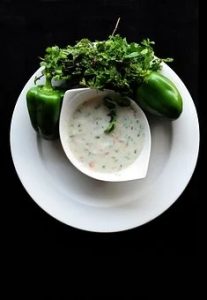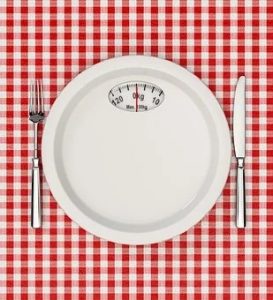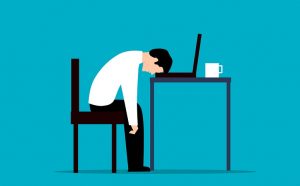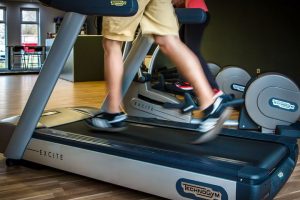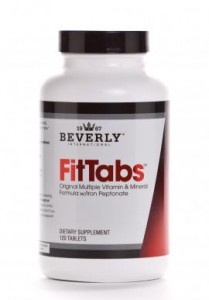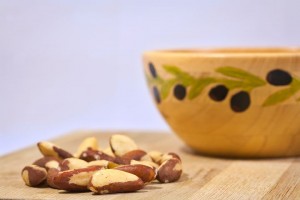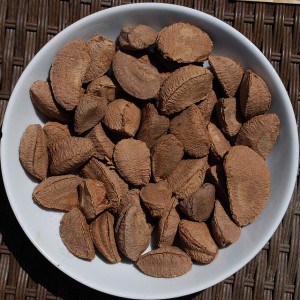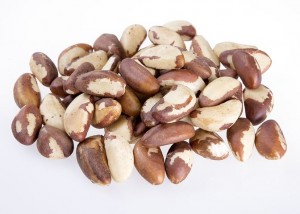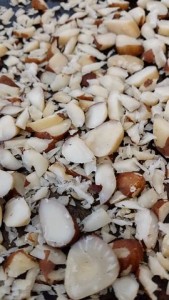
Image via Pexels
This week, TargitFit is pleased to present an informative self-care article written by Brad Krause with entrepreneurs in mind.
Taking “me time” might sound indulgent, especially for entrepreneurs who typically have numerous tasks vying for their attention every day. Whether you are trying to get a new business off the ground or seeking ways to improve your current company, it can feel like your to-do list never ends. But make no mistake: self-care is essential for overall health. When your professional endeavors threaten to take over your life, these four tricks can help you make time for self-care and ultimately improve your health and well-being.
- Improve Work-Life Balance
From the customer service representative to the owner, everyone at a company needs a healthy work-life balance. A 100% focus on work means your relationships with family and friends suffer. Plus, you increase your chances of burning out, making it near impossible to run your company successfully.
A great way to improve your work-life balance is by streamlining processes at work. One way to do that is by creating a DBA or ‘doing business as’ name for your company. Whether you offer an array of different services now or plan to in the future, a DBA gives more flexibility to branch out into new services, especially if you want to sell goods under a different name.
For example, if your name is Joyce West, instead of marketing your baking business under your legal name, you can name your business “Joyce’s Baked Breads” or something similar. If you eventually add dips and salsas to your line of work, you can create another business name, such as “Joyce’s Dips and Sides.” Creating a DBA saves you time when you decide to make these expansions.
Outsourcing is another way to improve work-life balance. Take advertising, for instance. Even those with amazing products can struggle to get the word out, making it easy to slip into focusing excessive time on advertising. Hiring an outside marketing company to revamp your advertising campaigns will free you up to spend more work time developing products so you can save your downtime for family and personal activities.
- …and Speaking of Downtime
Though working less to grow your business may sound counterintuitive, it is actually beneficial. If you never take a moment to rest and regroup, you will be tired and more likely to make mistakes at work. Similarly, you might overlook some great ideas because you were so exhausted that you thought of the simplest idea, not the best one.
Of course, it can be tough for entrepreneurs to completely shut their minds off from their company. If this sounds like you, a good compromise is learning a new skill that intrigues you on a personal level that can also be a boon for your business. For example, if you’re visually creative, check out a web course that teaches you how to create videos. Not only will you be able to create fun productions with your family and friends, you can also use your newfound knowledge to create how-to videos and marketing materials for your business.
- Adopt a Nutritious Diet
If your physical health suffers, it impacts all areas of your life. Prioritizing self-care gives you more time to ensure this part of your life is thriving.
Instead of eating whatever is most convenient, you should make time to prepare healthy, nourishing meals. Do your best to prepare your weekly meals at the start of the week. This way, when lunch or dinner time arrives, you have fewer steps to take before eating. Replace empty-calorie snacks, such as chips, candy, and sugary cereals, with nutrient-dense options, such as nuts, fruits, and vegetables.
- Add More Physical Activity to Your Routine
Another important component of your physical health is exercise. Create a weekly workout routine and try not to skip sessions. If you travel a lot for your business or don’t always have time to make it to the gym, portable equipment like the TargitFit Trainer can help you get fit anywhere. However you work exercise into your schedule, keep in mind that not every session needs to be an hour or longer to be beneficial. One study found that your mood can improve for up to 12 hours after a 20-minute workout, so even a short session can make you feel better the rest of the day.
Any exercise that gets you moving is great but try to incorporate a mindful activity into your routine a few times a week. Yoga is a great option. It requires you to focus on the present moment (a key tenet of mindfulness) and allows you to witness the mind-body connection that is so important to understanding our overall health. Learning to be more mindful while you work out will help you incorporate the practice into every aspect of your life, which will help you notice changes in your physical and mental health, both good and bad.
Finally, keep up on your yearly physicals. If you notice any abnormalities, physically or mentally, schedule an appointment with your doctor right away.
While you always want to strive for your best as an entrepreneur, part of that process is ensuring you have time to focus on yourself. Doing so gives you the energy needed to make the most of your career.
Brad Krause created Self Caring after years spent putting his own self-care on the back burner. His goal now is to educate people on the importance of self-care by providing tips and tricks that are easy to implement.




